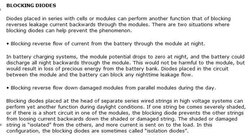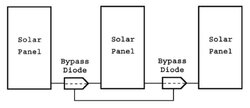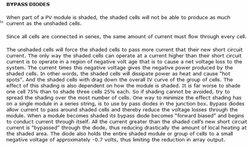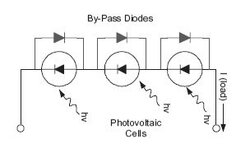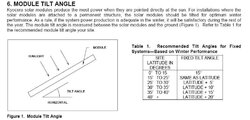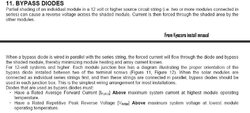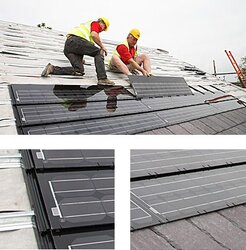semipro
Minister of Fire
jdemaris said:DaveH9 said:The angle is not such a big deal these days, . . .
Just curious about your statement. From what I've seen, nothing has changed much in the past 20 years when it comes to the technology. In fact, with the panels themselves, little of high consequence has changed in the past 50 years. The needs of solarization are the same.
About some other comments on this thread about adding systems to allow bypass to shaded panels? I'm not sure what the alledged problem is. A good installation with good panels will have bypass and blocking diodes. These stop current backflow, and allow current to pass through shaded panels in strings. It's a pretty simple solution that I assume has become pretty-much standard. Without the bypass diodes, shaded panels can overheat in darkened areas.
With my setup, I "killed two birds with one stone." I built a new barn to keep tractors and dozers in, and built a special angle south-facing roof just for the solar panels. It's about 500 feet from my house. Inverters are in the barn, so the run to the house is 220 AC, not DC. Panels are wired up for 48 VDC.
Wow, I don't see one thing in those photos that I'm not envious of. Great scenery, the barn, the equipment, the solar setup. Damn! I knew there was a reason I was avoiding this thread.


